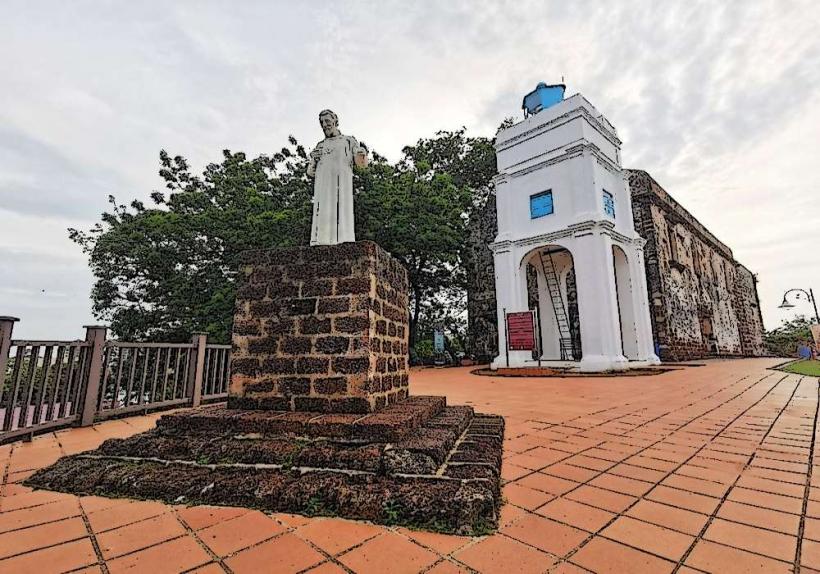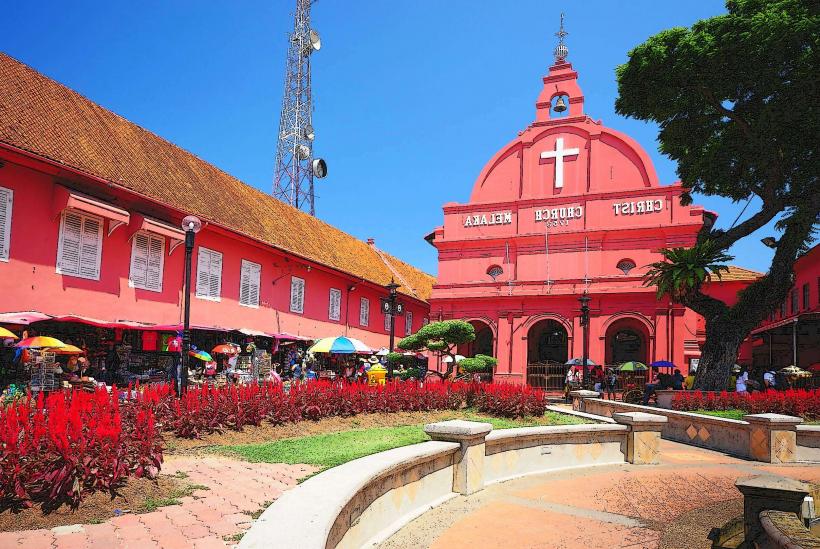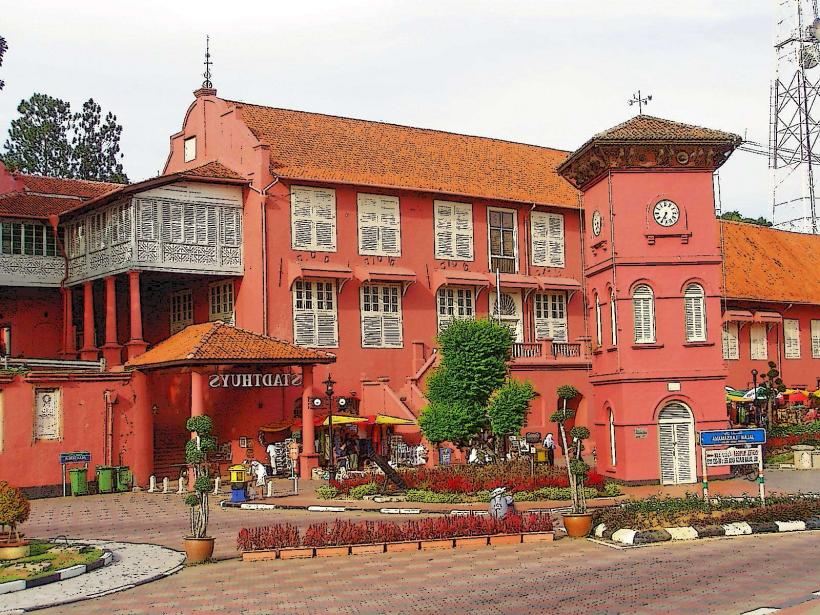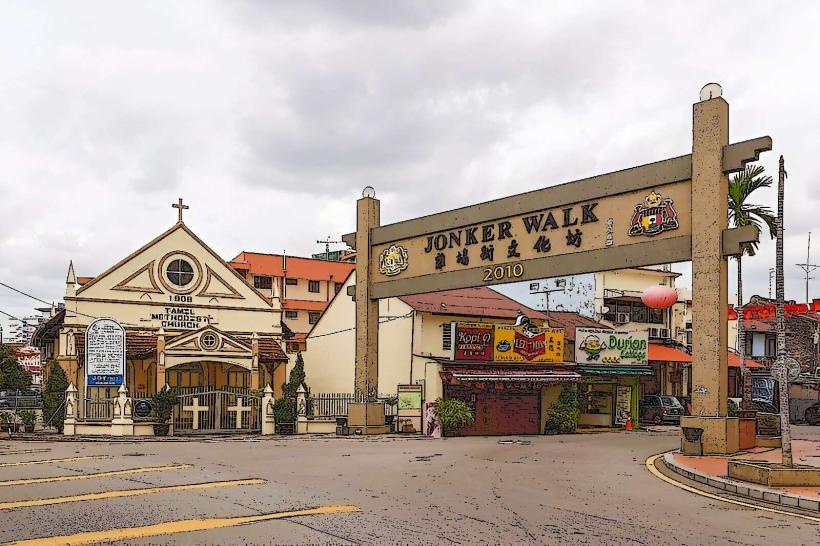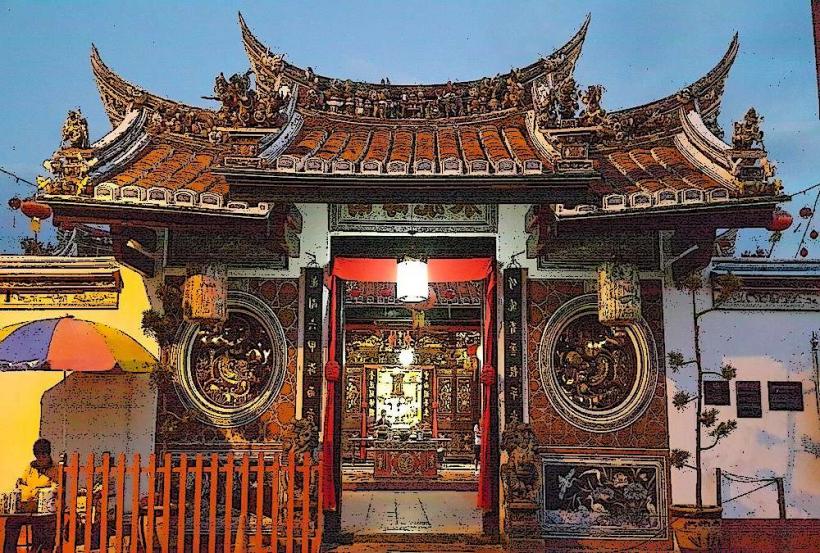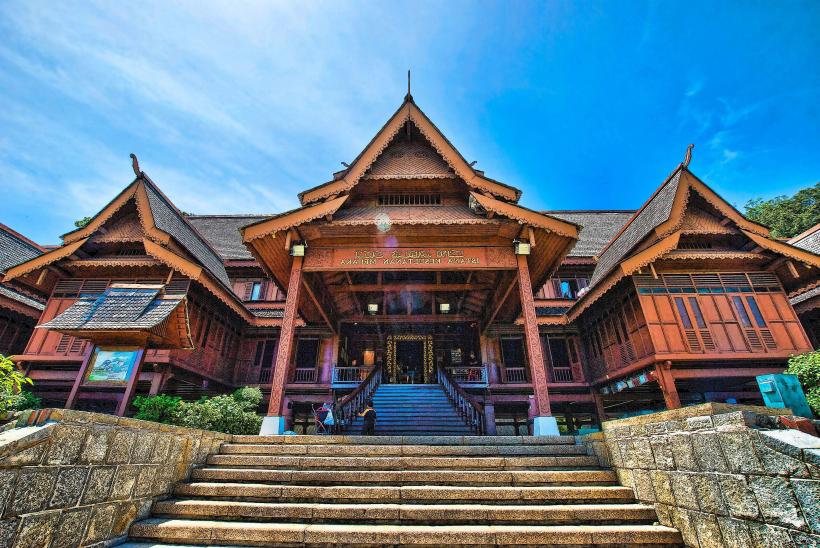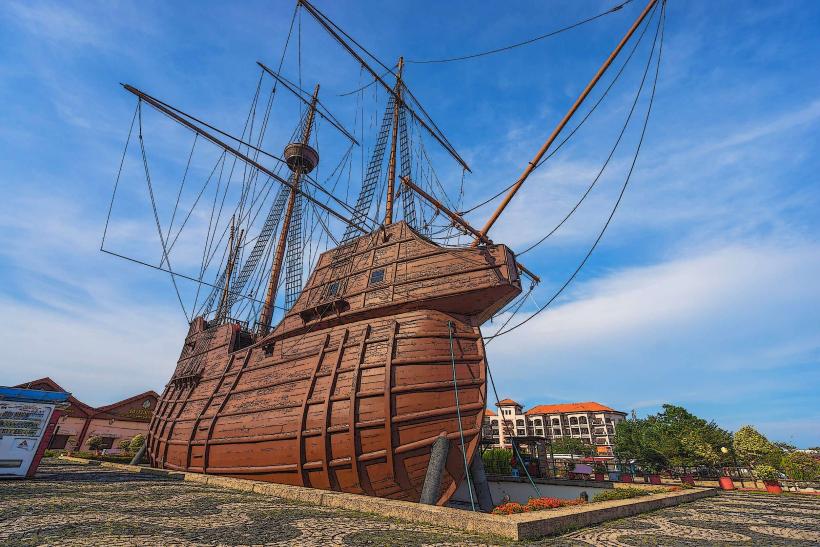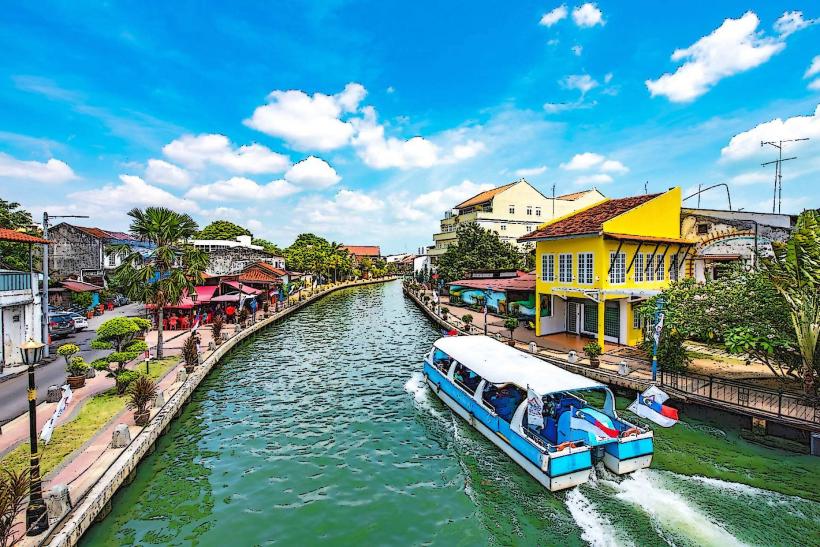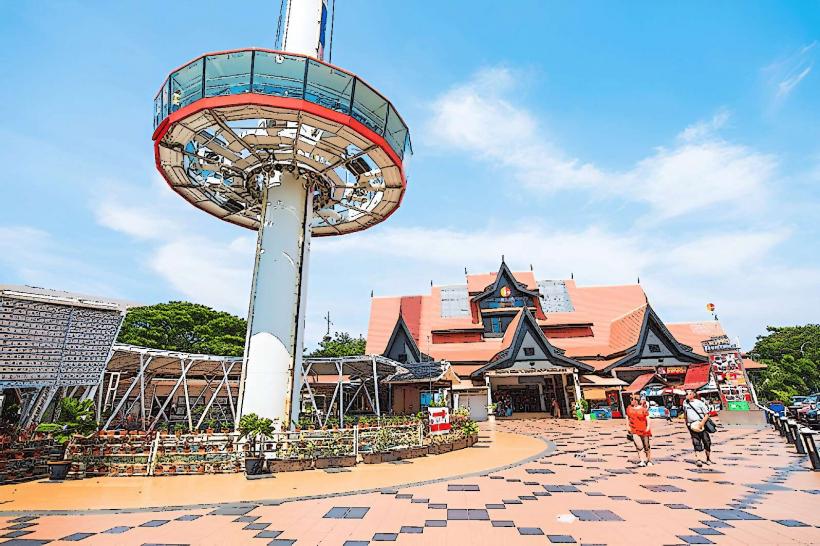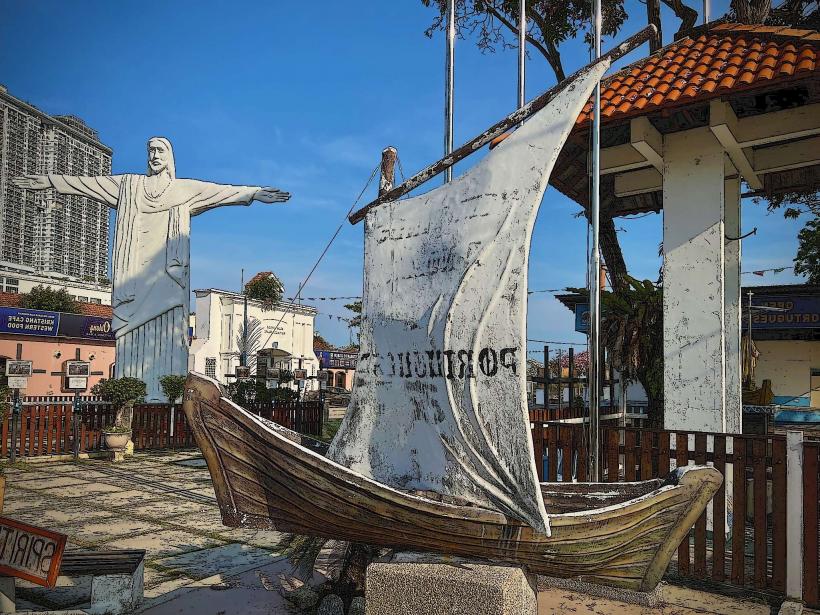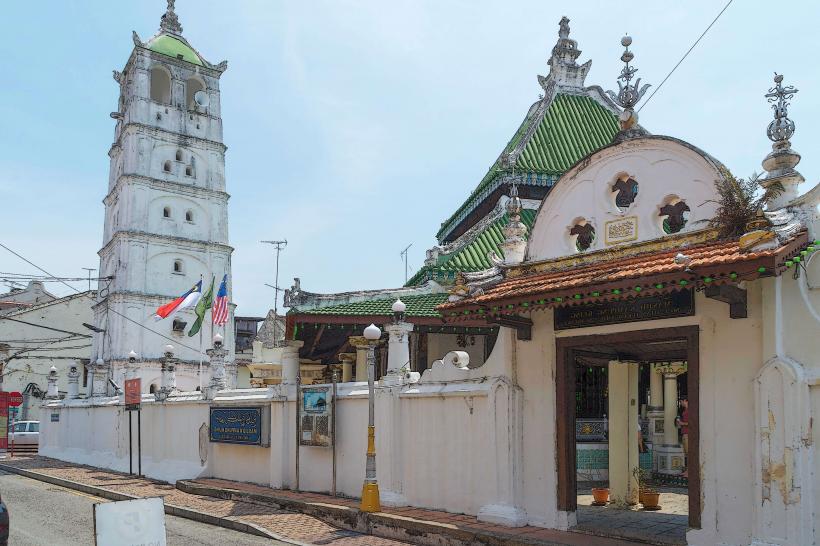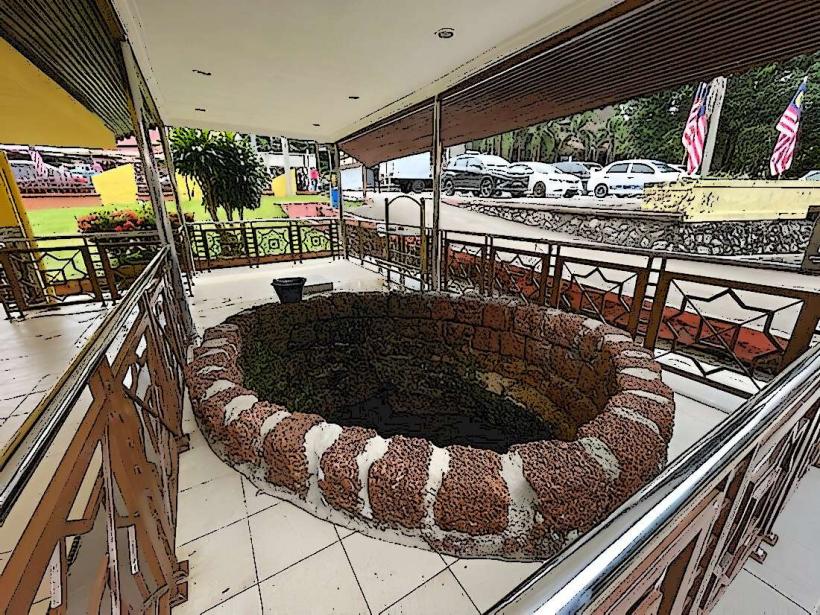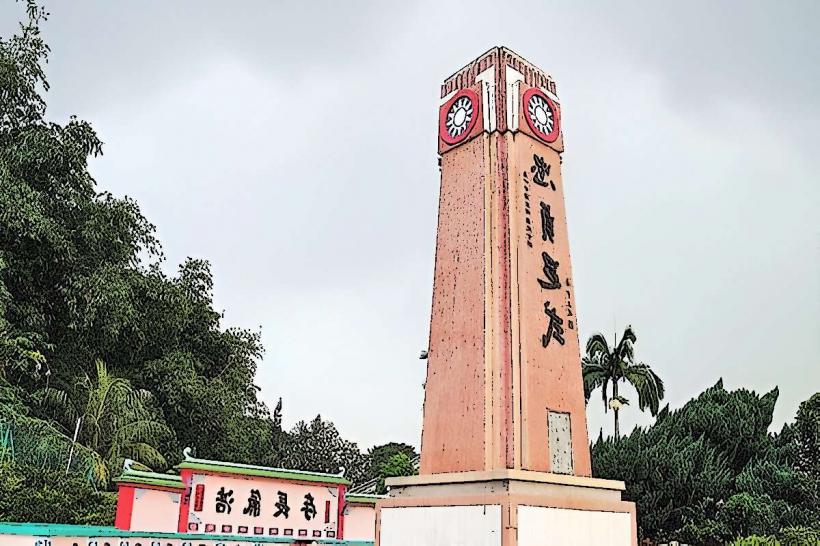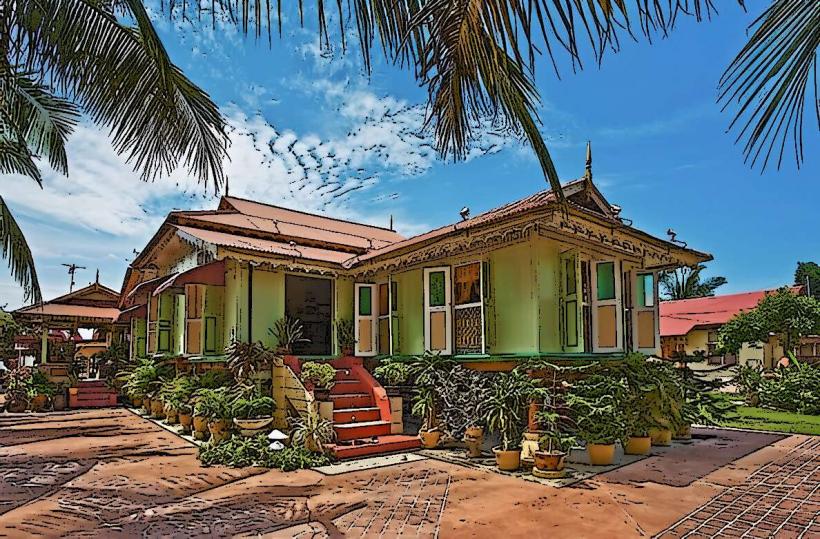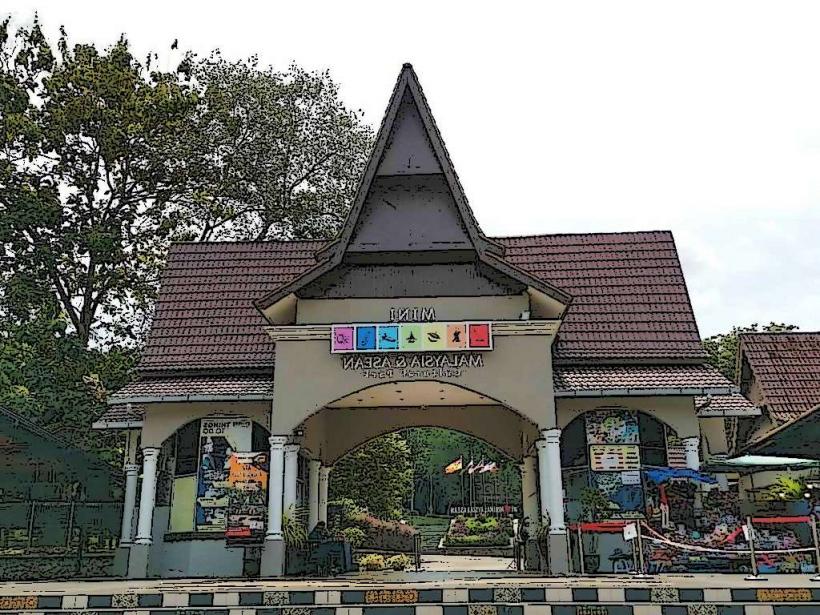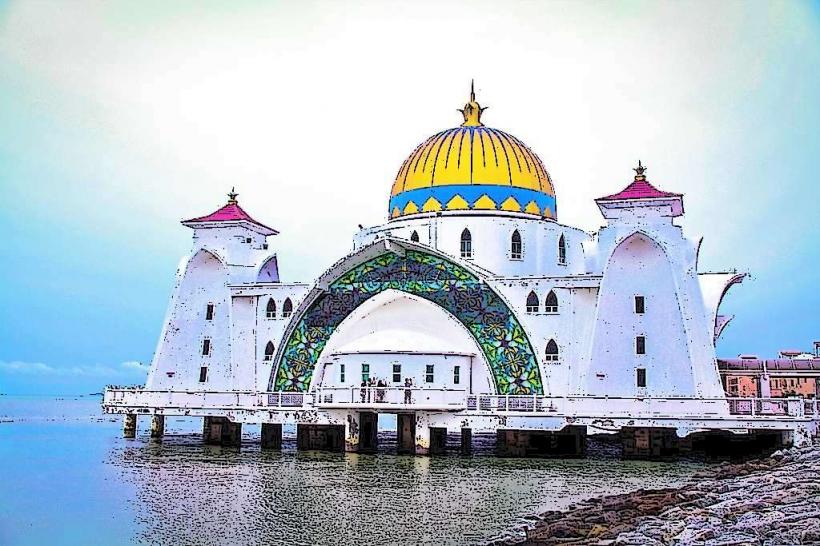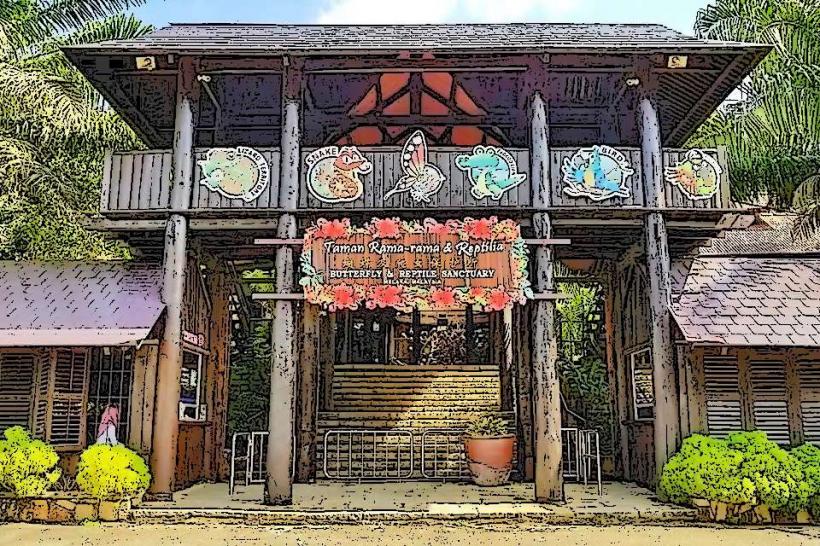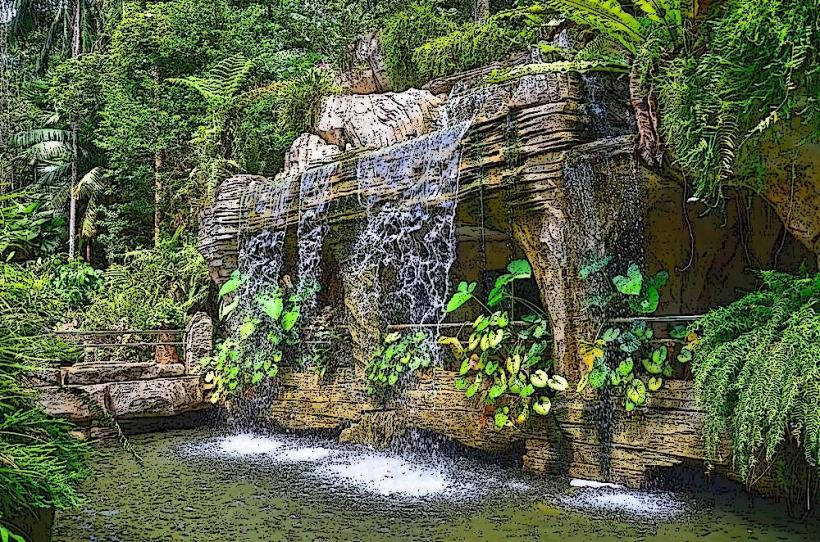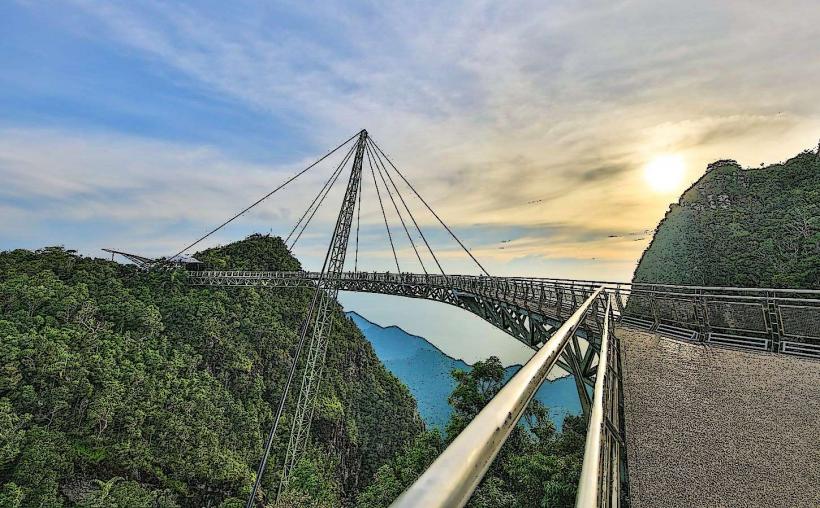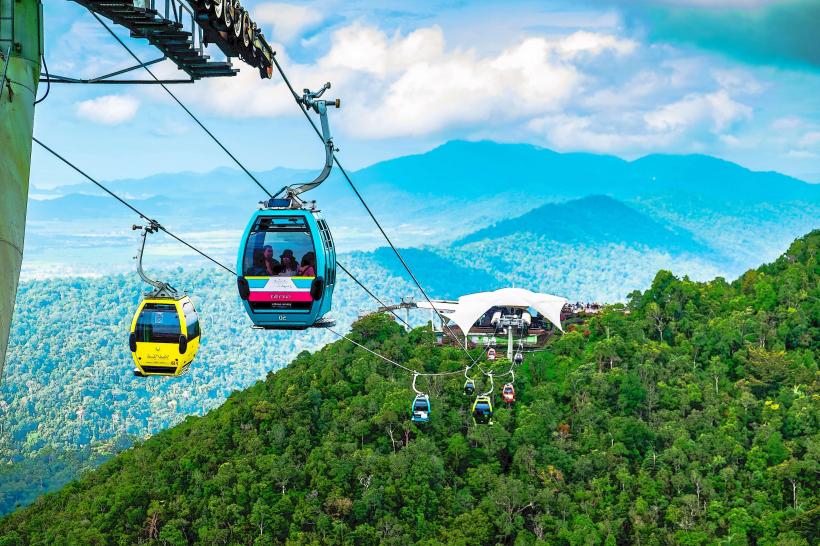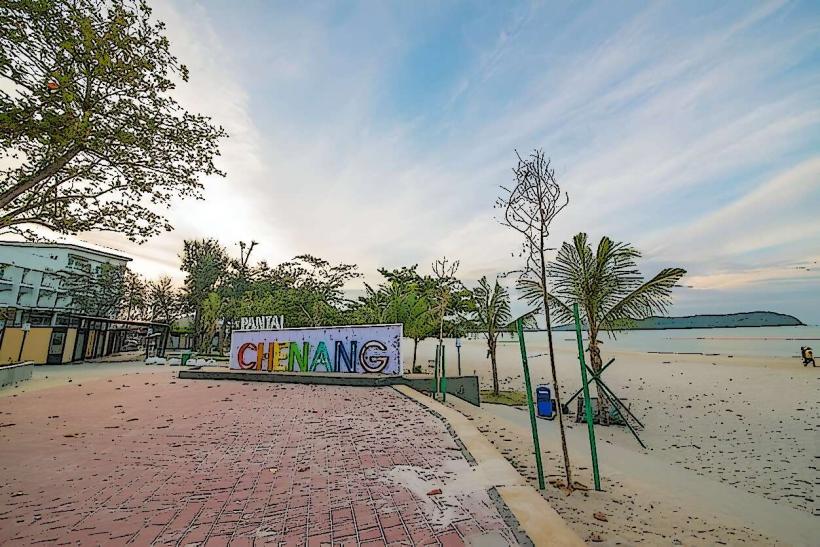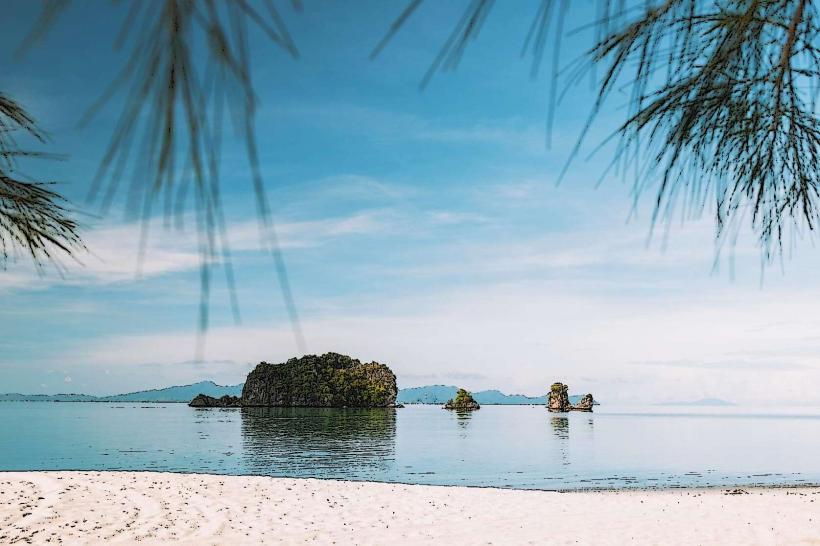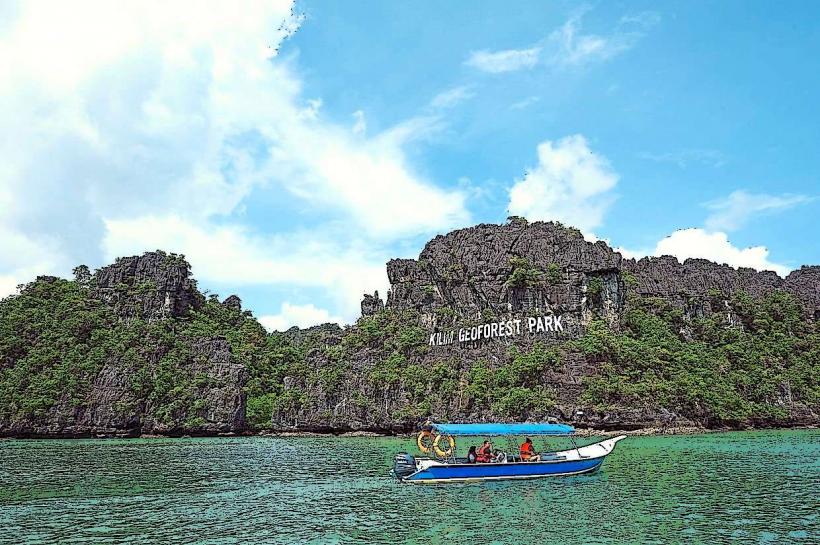Information
Landmark: Baba & Nyonya Heritage MuseumCity: Malacca
Country: Malaysia
Continent: Asia
The Baba & Nyonya Heritage Museum, located in Malacca, Malaysia, is a cultural gem that offers a deep dive into the lives, traditions, and history of the Peranakan Chinese community, also known as the Straits Chinese. This private museum preserves the legacy of the Baba (men) and Nyonya (women), descendants of Chinese immigrants who settled in Southeast Asia and adopted local customs while blending them with their Chinese heritage.
Historical Background
- The museum is housed in a series of three interconnected Peranakan-style townhouses, built in 1896 by a wealthy Peranakan family.
- It was established in 1985 by the Chan family, who wanted to preserve and share their rich cultural heritage with the world.
The Peranakan Chinese community emerged during the 15th century when Chinese traders intermarried with local Malay women. Over centuries, they developed a unique culture, blending Chinese, Malay, and European influences.
Architecture and Design
The museum's building is a prime example of Peranakan townhouse architecture, showcasing a fusion of East and West in its design.
Key Architectural Features:
Exterior:
- The façade features intricate carvings and wooden shutters, reflecting Chinese craftsmanship.
- The building's structure adheres to traditional shophouse architecture, with a narrow frontage but a deep interior.
Interior Layout:
- The layout follows the typical Peranakan home design, with a front reception hall, a central courtyard, and living quarters at the back.
- The central courtyard allows for natural light and ventilation, essential in Malaysia's tropical climate.
Decorative Elements:
- Lavish use of marble, teak, and gold leaf.
- Hand-painted tiles imported from Europe, especially from England and the Netherlands.
- Ornate furniture, blending Chinese lacquerwork and Victorian style.
Museum Exhibits
The museum meticulously preserves and showcases Peranakan culture through its displays.
Highlights:
Furniture and Artifacts:
- Intricately carved rosewood furniture inlaid with mother-of-pearl.
- Vintage Peranakan ceramics, including spittoons, kamcheng (covered jars), and serving platters.
Traditional Costumes:
- Kebaya Nyonya: A form-fitting blouse paired with a batik sarong, adorned with exquisite embroidery and beadwork.
- Accessories such as beaded slippers (kasut manek) and gold jewelry.
Kitchenware:
- Traditional tiffin carriers, woks, and utensils.
- Displays of Nyonya cuisine, known for its unique blend of Chinese and Malay flavors.
Wedding Ceremonies:
- A detailed exhibit of traditional Peranakan wedding customs, including a reconstructed bridal chamber and ceremonial attire.
- Explanation of rituals like the Chiu Thau (hair combing ceremony).
Photographs and Documents:
- Family portraits and historical records detailing the Peranakan way of life.
Visitor Experience
Guided Tours:
- Knowledgeable guides offer insights into the Peranakan lifestyle, customs, and history.
- Tours are available in multiple languages, including English.
Location:
- The museum is situated on Jalan Tun Tan Cheng Lock (also known as Heeren Street), in Malacca’s historic district.
Opening Hours:
- Typically open daily from 10:00 AM to 5:00 PM.
Admission Fees:
- Adults: Approximately RM 16.
- Children: Approximately RM 11.
Photography Policy:
- Photography is generally not allowed inside the museum to preserve the artifacts.
Cultural Significance
The Baba & Nyonya Heritage Museum is more than a collection of artifacts; it is a window into the unique Peranakan culture. It highlights their contributions to Malaysia’s multicultural identity and showcases how they adapted to their environment while preserving their Chinese roots.


